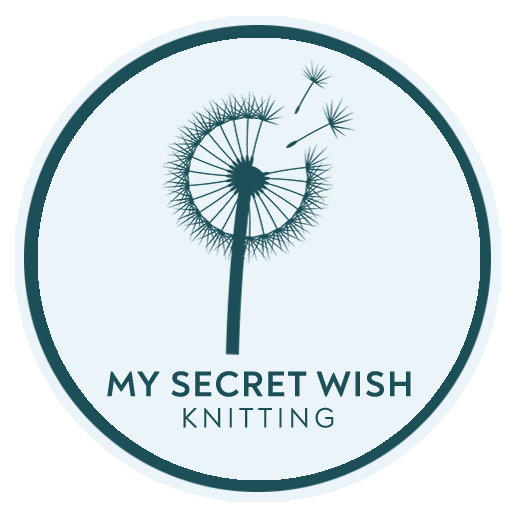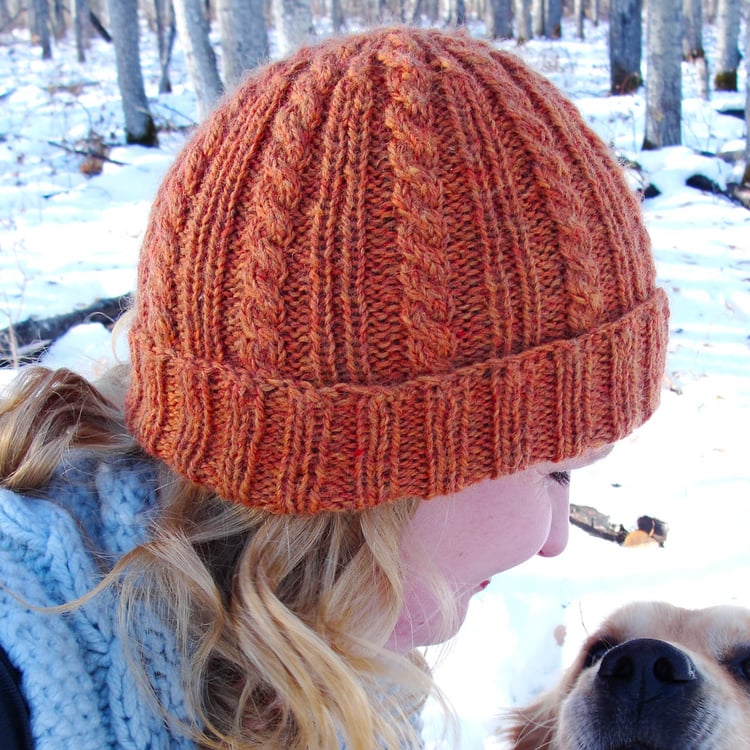
Three-Needle Bind Off
Merge two sets of stitches into one.
This bind off is often used when you want to create a rolled hem at the bottom edge of a sweater (shown here with the wrong sides of the fabric together). You could also bind off the new set of live stitches you create simultaneously to create a decorative line of stitches on the top of a shoulder, or, if you bind off on the inside (with right sides together), to close everything off neatly without seaming.
Good for: rolled hems, or, if you combine with Basic Bind Off, finishing shoulders and hoods, and closing hatbands.
You may also be interested in my Four-Needle Bind Off tutorial.












